Guess what? I have something celebratory to share. I’m taking a pause from doom and gloom in this week’s shorty post.
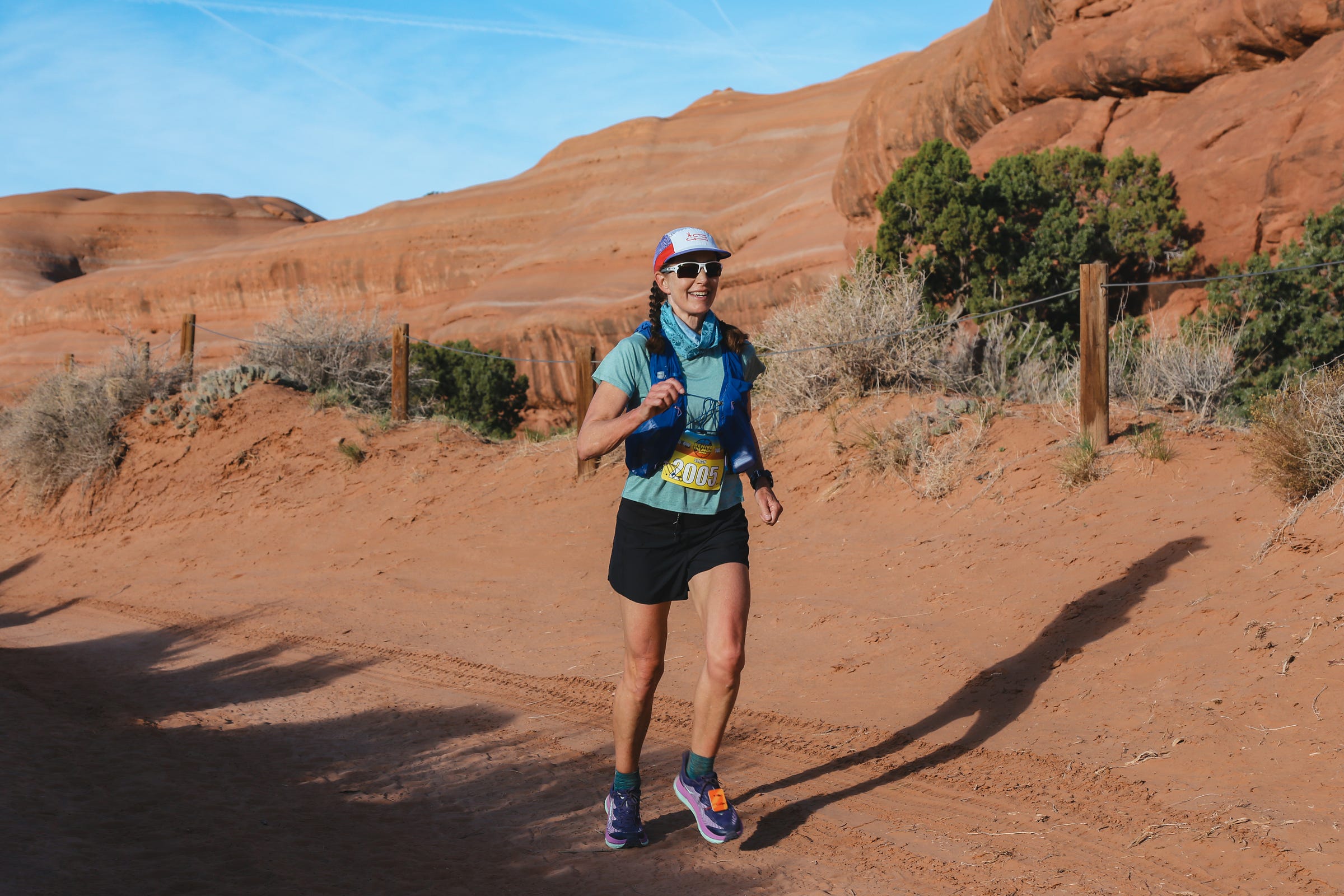
Last Saturday in Moab, I had a good race. But what does that mean? It’s not like I raced in any way close to resembling our town’s phenom Lindsay Allison, who stood out in a highly competitive field to earn a second-place finish at the Big Alta 50K held the same day.
By contrast, I am a mere midpacker. I wasn’t trying to beat anyone. I entered the Behind the Rocks 30K (18.5 mile) event mainly for a supported long training run, and to enjoy the Utah desert this time of year with its just-right temps and views of snow-capped mountains in the distance.
Yet even though I did not stand out in the crowd or win my age group, I had “a good race” for many reasons, including:
feeling happy and grateful—I was so glad to be out there after months off from a difficult and painful injury
feeling motivated—I wanted to achieve smooth and efficient running while practicing eating and drinking for longer distances
avoiding problems—no trip-and-falls, no bathroom emergencies, no gear malfunctions, no going off course, no worries!
running my own race—staying committed to running a pace that felt right, with a personal time goal that was aspirational but achievable
finding camaraderie—chatting with a few runners mid-race and celebrating with a friend at the finish
finishing fast(er)—I played a game with my watch, aiming for a faster pace in the final segment compared to when I have run this route before; the game became a personal quest to finish under 3:30, which I didn’t quite make (my time was 3:31:24), but the challenge further motivated me.
One lesson I learned again last weekend: We almost always run better in terms of performance and mindset when in a race compared to when running a solo long training run, which is why I think it’s worth the cost to enter races even if it’s not an “A” or even “B” race but truly just a training run. You’ll likely get more benefit from that race-environment run than you would on an unsupported solo outing in terms of a fitness boost and a dress rehearsal for races you care about.
I also re-learned the joy of running shorter distances. We ultrarunners tend to overlook sub-marathon distances, thinking they “don’t count” or aren’t worth our time and money. I know that thinking is wrongheaded, but I lapse into it. A 5K race, for example, is a killer quality speed workout. And this 18.5-mile distance was a delightful in-between of a half and full marathon. I have run the 50K version of this event twice before, and several times Saturday I thought to myself, “I’m so glad to be doing just the 30K!” It felt manageable, faster, and fun.
While on the route, I had vivid flashbacks to the last time I was there, a year and a half ago, when I volunteered at an aid station for a 100-mile race and then ran a marathon-length portion of it from the middle of the night through sunrise. That experience allowed me to witness many examples of “carnage” and then to take part in getting one runner back on route rather than letting him DNF.
My story about it is one of my favorite archived posts, so for all you newer subscribers who missed it when it came out, I’ll link to it here and hope you’ll read it, especially if you want some survival tips (for ultras and for life).
Carnage at the Canyonlands Ultra
Tips to survive, not DNF, any race or adventure
You can be in great shape—physically able to traverse the ultra distance—yet still fail miserably. ...
Around 3 a.m., I met a guy sitting in a chair who announced, “I’m done.”
“Well, you’re in trouble then,” I told him, “because I have a pretty good record of talking runners out of DNFs. What’s wrong?”
Build a support team
I continue to self-coach, which means using my knowledge to build weekly and long-range training plans for myself. But more and more runners I know employ a coach—it seems unusual now not to have a coach—and having been a running coach for eight years, I certainly support working with a good one. A coaching relationship creates structure, guidance, and accountability that many need to reach their potential.
Personally, however, I feel I don’t need coaching—but I do need support in other ways, and I’d rather spend limited time and money on other types of professional advice. I’ve built what I call a “care team” to help with various aspects of running and health. I think of this as the Courtney model, because ultrarunning champ Courtney Dauwalter famously does not have a coach—she runs as much by feel as by plan—but she has several people supporting her, including a sports nutritionist (Meredith Terranova), a crew/logistics chief (her husband Kevin) who researches competition and crunches numbers to help her create a race plan, and certain pacers she can count on to bring out her best as they run by her side in races.
I bring this up because it may be advantageous to take a break from your coach, or supplement their advice, by investing in some sessions with a personal strength trainer, a nutritionist, a sports psychologist, and/or a physical therapist. Think about it: What are your weak points, and who could help you improve them?
Additionally, if you’re a parent of young kids, I encourage you to invest in a reliable sitter if possible (I know, easier said than done), whose child care will give you more time to train, and who can care for your little ones on race day so that you and your partner are less stressed about watching them. When my son and daughter were little, I had to get over guilt or insecurity that my running and racing weren’t worth the cost of childcare—that I should be doing “real work” during all the nanny’s hours. But leaving my kids in someone else’s care while I got out to run ultimately made me a better, happier mother.
My “team” includes a physical therapist and a massage therapist who enhance my body’s ability to avoid re-injury and recover better. And earlier in the year, I added a sports nutritionist. I’m excited to be working with Kylee Van Horn, who just released the book “Practical Fueling for Endurance Athletes” and co-hosts “Your Diet Sucks” podcast.
I hired her because I have several fears and concerns about running my first Hardrock Hundred in July (an extreme challenge that I invested a decade toward gaining entry into), so I asked myself, which fears can I mitigate and hopefully take off the table? The fear of my stomach shutting down, vomiting, and feeling weak and lightheaded from calorie depravation and dehydration constitutes a big one. Therefore, I started working with Kylee a month ago to dial in what my body needs for optimal fueling and hydration both during training and mid-ultra to avoid an upset stomach.
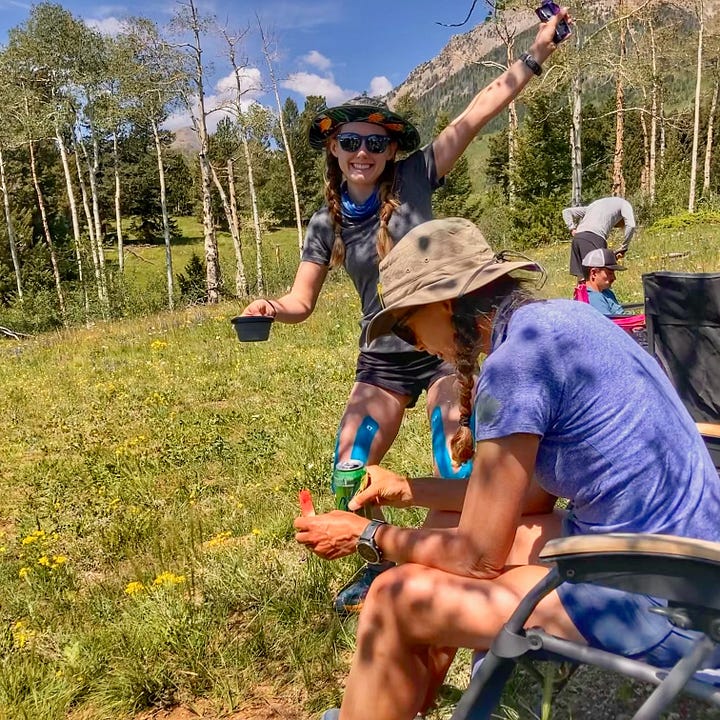
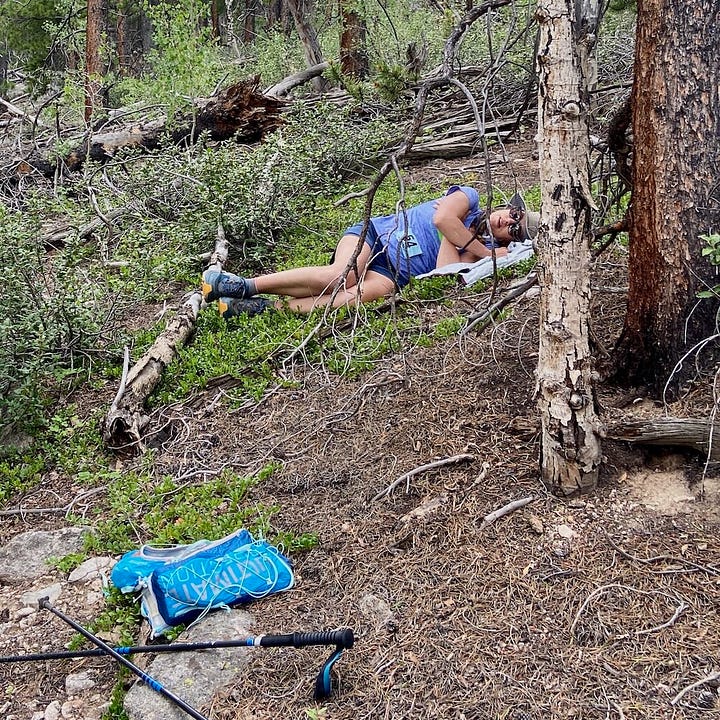
I’ll share what I’ve learned from our sessions in a later post, but for now I mention her and this concept of a support team to encourage you to consider working with experts beyond a coach to shore up weaknesses.
For inspiration, watch this film about Courtney’s team and her historic triple wins in 2023:
And if you do want to be coached, I suggest this earlier post:
What constitutes “a good race” for you, or can you share what made your last good race so good?
Who’s helping you reach your potential as a runner, besides your coach?



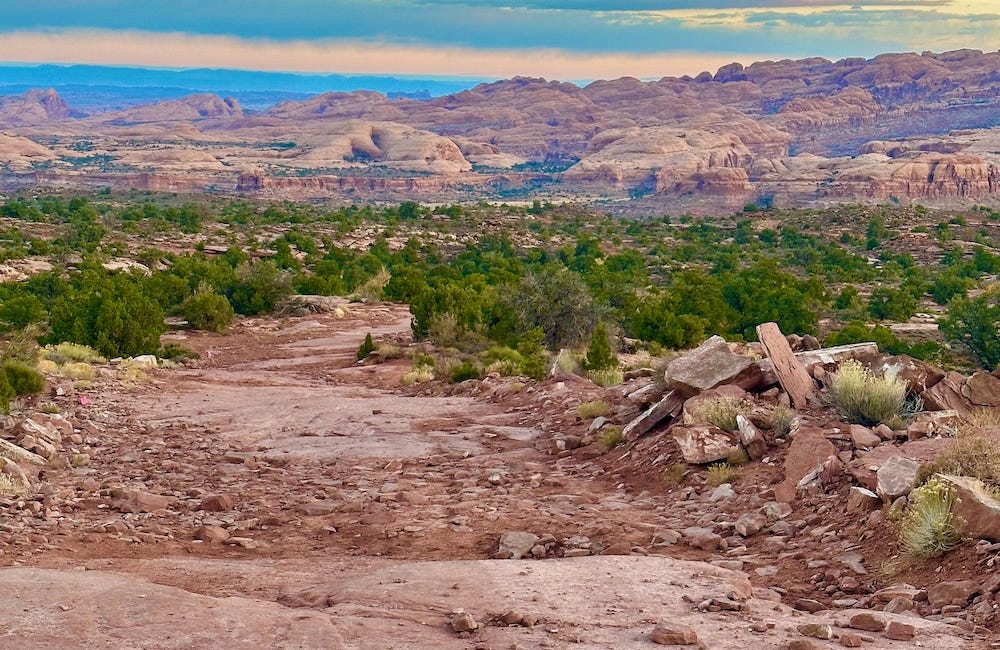
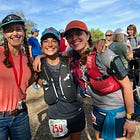
Well done Sarah, sounds like a great race with all those positives.
I think the ‘comparison game’ is an interesting one. You may have been nowhere near the standard of the exceptional Lindsay Allison, but I’d bet there are loads of runners out there wishing they could run as far and as fast as Sarah Lavender Smith.
I am a very (very!) average runner but sometimes get people saying they couldn’t run as well as me, at which point I wave at the people 10 times faster than I am while reminding whoever I’m talking to that they are 10 times faster than someone else!
(Ps.. my coach, nutritionist, dietician, etc is me, however I feel when I wake up! This may partly explain the very average runner bit!! 😂)
I hiked in Canyonlands NP last May. No running though. Support team is key. Great info.